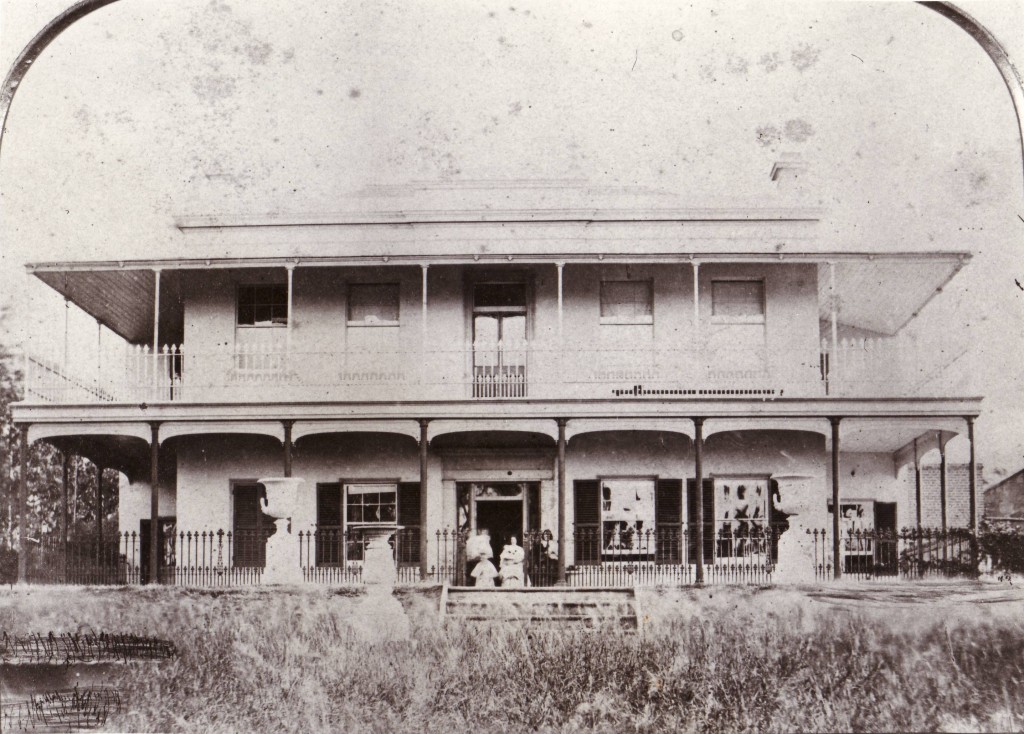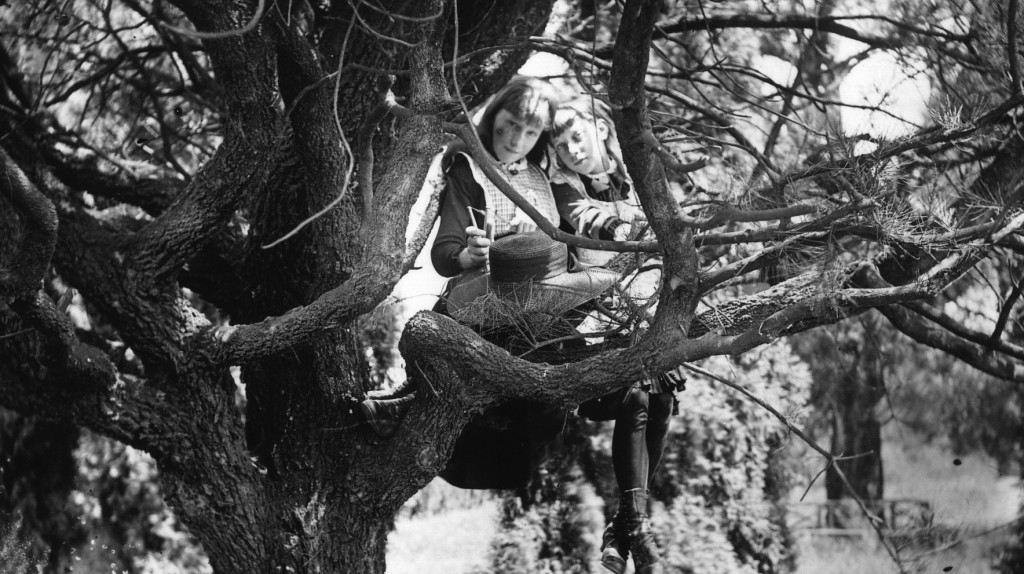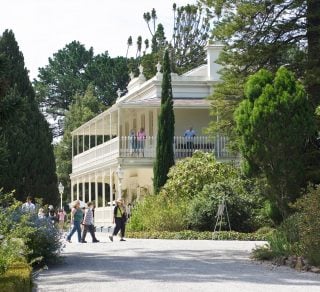The History of Como House
Known by many Melburnians as ‘the white house on the hill,’ Como overlooks the Birrurung (Yarra) river and is surrounded by a pleasure garden and community parkland.
Como is an atmospheric town mansion presented as a family home. The interiors reflect the tastes and style of the Armytages, who lived at Como for 95 years. It was the first house museum in Australia acquired with its contents of furniture, domestic technology and decorative arts. Como was a home but also a place of work, and the original servants’ quarters are preserved.
Built in 1847, Como House is an unusual mix of Australian Regency and classic Italianate architecture. The garden has retained many elements of its 1850s design.
Since colonisation, Como has changed with Melbourne, reflecting the booms and busts of Victoria’s history. This is the story you will hear on your visit.
The Early Years
Como is built on the Traditional lands of the Wurundjeri Woi-wurrung and Bunurong Boon Wurrung peoples, two of the five language groups that form the Kulin Nations. Melbourne and the southern banks of the Birrurung (Yarra) have always been a site of great cultural significance as a meeting place and hunting ground. March is eel season and when the river flat flooded it filled the swamp creating a billabong, the eels were plentiful.
Colonisation disrupted this lifeway and the southern banks of the Birrurung were taken for use as a cattle run in 1837. Melbourne was a village barely four years old when the land began to change hands as colonisers saw value in the elevated escarpments and river views. William Londsdale was the Port Philip Police Magistrate and one of his duties was to make ‘Crown’ land available through license to squatters. His nephew George Langhorne was appointed to run the Government Mission for Aboriginal People that closed in 1839 and Lonsdale recommended its sale along with adjoining land. This land was purchased by George’s brother Alfred who broke the land into lots and sold the lot on which Como was built to Edward Eyre Williams in 1846.
Williams was a lawyer and later Judge of the first Supreme Court of Victoria. He purchased land extending from the Yarra River to Toorak Road, using the proceeds from compensation paid to him after the abolition of slavery. He commissioned a four roomed residence with separate kitchen and named it ‘Como.’ Stones, mud and rubble were hauled up from the banks of the Birrurung to construct the walls of the villa and kitchen.

Como during the 1850s and beyond
In 1852 Williams sold Como, with its “noble frontage to the River Yarra,” and “most commanding views of the surrounding country that could be desired” to Frederick Dalgety, owner of a firm providing supplies to wool, gold and settlers’ trades. Dalgety, however, found Como “infernally dull” and sold it within a year to John Brown, master builder and later a wine and spirit merchant.
The house and the garden developed in tandem. Brown had the grounds landscaped and added a second storey to the original four room villa, including an upstairs ballroom that overlooked the gardens.
Brown overreached himself in his ambition to join Melbourne’s elite. He lost his fortune and was forced to sell his beloved Como.

From the Armytages to the National Trust
In 1864, wealthy pastoralist Charles Armytage bought Como, originally as a town house. The family spent the social season in Melbourne and the rest of the year at their rural estates. The house was extended with a ballroom wing added in 1874, including an upstairs children’s wing.
Charles died in 1876, leaving the property to his wife Caroline. At the age of 44 Caroline was financially independent. It was an ideal time to travel and ensure her children were suitably educated as members of Melbourne’s high society. The family’s ‘Grand Tour’ included China, India, Egypt, France, Italy, Belgium and England. Caroline brought back many souvenirs, purchasing decorative and fine arts. Many of these decorative objects are still on display at Como. When Caroline and her family returned to Melbourne they made Como their permanent residence.
Following Caroline’s death in 1909, the property was sub-divided and, along with the house, put up for auction. Her daughters Ada, Laura, Constance and Leila purchased the house and surrounding 15 acres of gardens and continued to spend most of their adult lives at Como.
In 1959, the newly formed National Trust acquired Como and opened it to the public.


